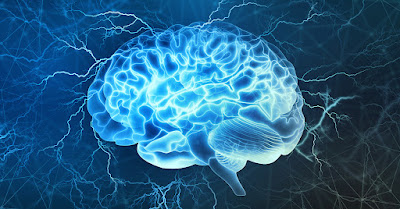What Causes Acid Reflux Disease?
One common cause of acid reflux disease is a stomach abnormality called a hiatal hernia. This occurs when the upper part of the stomach and LES move above the diaphragm, a muscle that separates your stomach from your chest. Normally, the diaphragm helps keep acid in our stomach. But if you have a hiatal hernia, acid can move up into your esophagus and cause symptoms of acid reflux disease.
These are other common risk factors for acid reflux disease:
- Eating large meals or lying down right after a meal
- Being overweight or obese
- Eating a heavy meal and lying on your back or bending over at the waist
- Snacking close to bedtime
- Eating certain foods, such as citrus, tomato, chocolate, mint, garlic, onions, or spicy or fatty foods
- Drinking certain beverages, such as alcohol, carbonated drinks, coffee, or tea
- Smoking
- Being pregnant
- Taking aspirin, ibuprofen, certain muscle relaxers, or blood pressure medications







